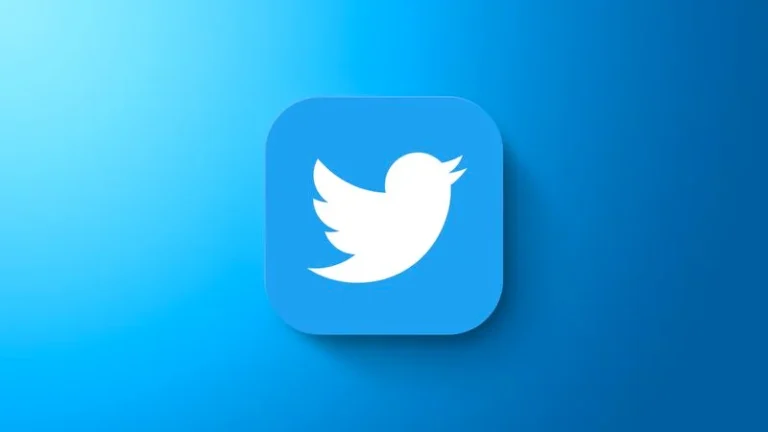Twitter, launched in 2006, began as a simple microblogging site where users could share thoughts, opinions, and updates in 140 characters. Created by Jack Dorsey, Noah Glass, Biz Stone, and Evan Williams, the platform quickly became a central hub for real-time conversation, news sharing, and public discourse. From its early days, Twitter stood out with its speed, simplicity, and ability to connect people across the globe through short, impactful messages known as tweets.
By 2007, Twitter had gained traction during major events such as tech conferences and political happenings. Its role in news reporting and live updates expanded rapidly, making it a go-to platform for breaking news. From the Arab Spring to U.S. presidential elections, Twitter was used by activists, journalists, and world leaders alike. Hashtags, introduced by users and later adopted by the platform, became a key feature that organized conversations and movements online.
In 2013, Twitter went public, trading under the symbol TWTR on the New York Stock Exchange. As a public company, it expanded its features and advertising services, including promoted tweets and analytics tools for businesses. Celebrities, politicians, and brands used the platform to directly reach millions of followers, making it a powerful tool in shaping public opinion and marketing strategies.
However, Twitter also faced growing scrutiny over issues such as harassment, misinformation, and hate speech. It struggled with balancing free expression and content moderation. Over the years, the company made various attempts to improve its policies, including adding warning labels, suspending accounts, and increasing transparency reports. Despite these efforts, criticism continued, especially around enforcement consistency and political bias.
In 2022, Elon Musk, the CEO of Tesla and SpaceX, acquired Twitter for around $44 billion. The deal was one of the most talked-about tech acquisitions in history. Musk expressed a vision for Twitter as a platform for absolute free speech, sparking both excitement and concern. Soon after the acquisition, Musk began implementing significant changes, including leadership shake-ups, mass layoffs, and alterations to content moderation policies.
One of Musk’s most notable decisions came in 2023 when he officially rebranded Twitter as X. The name change reflected Musk’s broader ambition to turn the platform into a multi-purpose app similar to China’s WeChat. He envisioned X as an “everything app” that would combine messaging, social media, payments, and more. The familiar blue bird logo was replaced with a minimalist black-and-white X icon, marking the end of an era and the beginning of a new identity for the platform.
Since the rebrand, X has undergone a series of policy and operational shifts. Musk reduced efforts to monitor harmful content, cut back on staff responsible for moderation, and reopened previously banned accounts. According to experts, enforcement of spam and abuse policies has weakened, leading to a rise in harmful and misleading content on the platform. Despite this, Musk has maintained that users should have the freedom to speak freely and make their own judgments about content.
X has also been involved in multiple legal disputes related to speech regulation. In 2024, the company successfully challenged a California law requiring platforms to report on content moderation practices. In 2025, it filed another lawsuit against New York over the Stop Hiding Hate Act, claiming that the law violates the First Amendment by forcing platforms to disclose their policies on hate speech. These legal battles highlight the ongoing tension between state oversight and corporate autonomy in the digital age.
Even with these controversies, X remains a major force in the online landscape. It continues to be a primary source of news and discussion for millions of users. A study by the Reuters Institute found that a majority of Americans now consume news on social media platforms like X. While its future direction under Elon Musk remains uncertain, the impact of Twitter—now X—on global communication is undeniable. From political revolutions to cultural moments, it has played a central role in shaping the modern digital conversation.







